Marquette Golf Club’s Greywalls Course
Marquette Golf Club’s Greywalls has a mystical quality that few courses I’ve seen can match. The golfable season in Michigan’s Upper Peninsula can last as short as six months, and you’ll encounter a wide variety of nature as well as take in breathtaking views of Michigan’s largest lake. Greywalls opened in 2005 and was designed by Mike DeVries. DeVries has risen to golf architecture notoriety with high profile creations and restorations like The Kingsley Club, Cape Wickham, Meadow Club, and Sunningdale Country Club. I’ve been visiting for over a decade and have come to call Marquette Golf Club my home away from home. Here, I’ll cover a bit of its history and walk you through all 18 holes.
Getting There
If you’re playing Greywalls, you’ve almost certainly chosen your visit to Marquette to golf, hike, hunt, or fish. It’s not easy to get to. Marquette’s a small but growing college town with a long history in the mining industry and a huge sense of U.P. pride. People there are friendly and hospitable, but also tough and hearty (tell me how you’d do living under mountains of snow for as long as they do!!!).
Marquette Golf Club’s been the hottest spot for Upper Peninsula golf since the 1920s. They feature the Peninsula’s only 36-hole facility (check out the review of the Heritage, with nine amazing Langford & Moreau originals from 1926). The club is easy to access from a vibrant downtown or countless other places to soak in some history or nature. (My personal recommendations are climbing Sugarloaf Mountain, taking a stroll by the Ore Dock, or jumping off the Black Rocks. When arriving to the course, you’ll pull up to a humble clubhouse and pro shop, and you’re on your way through about a five minute cart ride to the first tee…
The Course
Greywalls will play 6828 yards from the back with a 73.0 rating and 144 slope. This course had been cut through severe hills and valleys, surrounded by marshlands, and extremely distinct – you guessed it – grey stone walls. (A+ to whoever named the place!) As you pull up to the tiny starter shack you’re hit with one of my favorite views in golf. This view overlooks not only the phenomenal first hole, but you’ve got a front row to one of the most incredible sunrises over Lake Superior and a view that reaches as far as Pictured Rocks National Lakeshore ~40 miles away. Catch your breath, then get going.
Hole 1, Par 5, 579 yards
Your first tee shot at Greywalls will seem packed with pressure, as your first swing is a forced carry with menacing bunkers on the left, and a sharp drop on the right. BUT – you’re lucky. The fairway is huge, and I’ve never seen anyone in an unrecoverable position (given they carry the valley). The second shot is more exacting, and while you can attack the huge Pinehurst-style green, a good strategy is to lay up and find a flat spot for a short wedge. The first green may be controversial for some – it can repel both good and bad shots to the sides, creating the dreaded back-and-forth chipping. I love it and would hate to see the fringe allowed to grow out or any other changes. Bring your driver to walk up to the second tee, which is…
Hole 2, Par 4, 425 yards
…The hardest golf hole I’ve ever played. While its modest length is not the issue, this hole features a drastically rippled, undulating fairway. You’re hoping desperately for a flat spot, and even if you’re lucky to find one here, odds are you’re semi-blind going into the green. You’ll find no better example of “what you aim at is not where your ball will end up” golf than this hole. There’s a ravine to carry, but estimating where to land your ball on the severe left-to-right green becomes a very tricky iron shot early in your round. The green has two distinct shelves, and the best play might be to bounce it into the hill on the left to soften the momentum of the ball. There’s huge danger for anyone who goes long or gets their ball scooting to the right. Making par here feels like you’re stealing strokes from the field!
Hole 3, Par 3, 174 yards
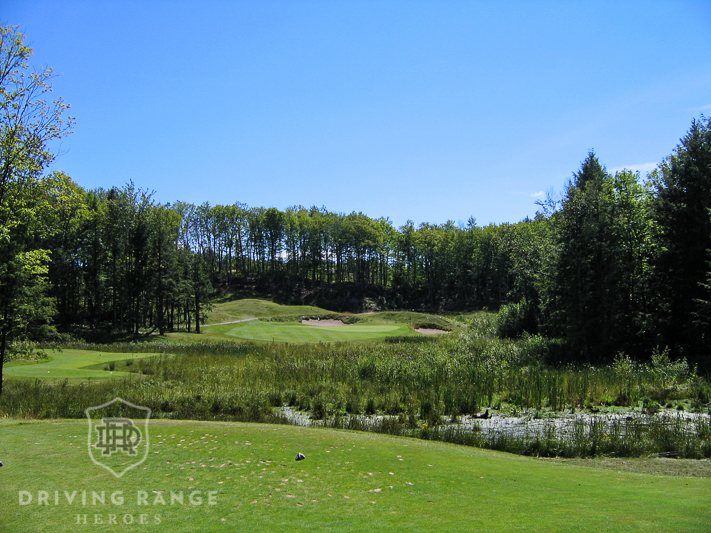
Did you survive the second? If you did, here’s a hole that I think showcases one of the really great things about the course – it’s a perfect mix of severe and forgiving. You cross a little marsh, yet there’s plenty of bail out short and left. There are bunkers surrounding this green, yet you can use the banks (intentionally or not!) to set yourself up to the proper tier. I feel this is the first real chance to score here, and this mid-length par 3 rarely requires more than a 6 or 7 iron.
Hole 4, Par 4, 425 yards
Have you ever seen anything like this? From an elevated tee, your challenge is to rip a straight one over a huge rocky ridge on the left, or play to an odd angle off to the right, forcing you to shape a tough shot into a huge green with a false front. Easy, right? My thought is that losing a ball left is not worth the risk, and the smart play is to hit something that tails to the right, leaving a 140-160 yard shot in. At this point, you’re starting to figure out that Greywalls is a puzzle, and something you can’t really overpower.
Hole 5, Par 4, 312 yards
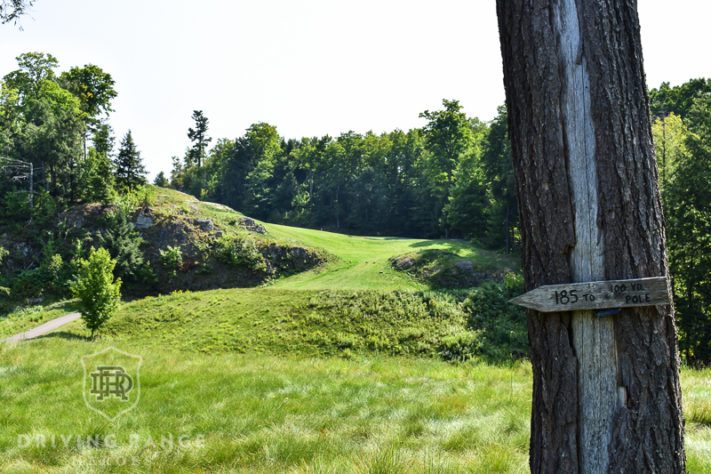
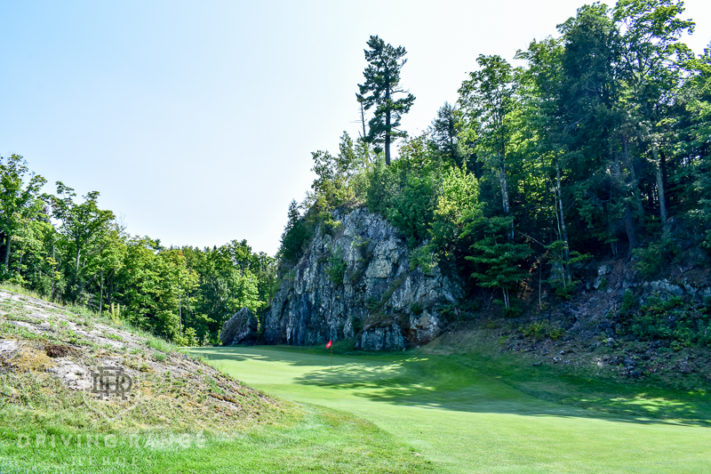
And then you get to the 5th! This hole takes you to the most northwest corner of the property, somewhat cramped by the property’s boundary and a small marsh. The severe terrain leaves you with really only one option – smoke it straight down the middle or face a round-ruining disaster. You’re forced to hit your drive over a steep rock face with trouble on both sides. While only about a 190-yard carry, nerves will definitely factor in here. When you hit a great shot, you’re rewarded with an easy wedge into a tiered green sided by an incredible 40-foot rock wall. Postcard material for sure.
SIDE NOTE: this whole property was SOLID forest. DeVries had uncovered several other amazing potential holes that unfortunately could not make the final routing. Long and left of the fifth green sits what could have been a pretty fantastic amphitheater green… We’ll never see it at this point, but next time you’re at Greywalls, or even your home course, stop and look around to see what other “unbuilt” holes might be out there. It also goes to show you how good these guys are at reading the land, then bringing your playing field to life.
Hole 6, Par 3, 188 yards
OK, more postcards. We arrive at the second par three, and we see another example of Mike DeVries navigating a piece of property where a golf hole probably should not exist. He makes you climb to a perched tee where it’s all carry into an amphitheater-style green. It’s huge with tons of movement and surrounded by even more, you guessed it, grey rock walls. You’re looking at anything from a 6 iron to a 3 wood, and you’re totally at the mercy of the wind. Should you end up pin high, you’ve got a good look at par or better. A miss in any direction can ricochet your ball all the way to Canada, so hit it solid, eh?
Hole 7, Par 4, 489 yards
You’re now at one of the highest points of the property and the front nine’s longest hole. Hopefully you took a peek at the today’s pin position on the drive up, as the seventh has one of the biggest greens on the course. You’ll flail away with driver here, and you gain a huge advantage by carrying it over the ledge. (Don’t worry, your landing area is as wide as you’ll encounter all day.) This is a perfect second-shot hole, and you’ll need to carefully consider what the ball will do after it lands on this wildly undulating green.
Hole 8, Par 4, 343 yards
Somewhat of an awkward hole, given its severe right-to-left tilt and being kind of squished between the first and seventh holes. Your tee shot is totally dead if it starts scooting to the left, which is a bit of letdown to the player that wants a look at a birdie. I’m a bit conflicted here and not sure what can be done to allow for more recovery shots, maybe add a bunker? Grow out the rough? Your 3 wood or driver are pretty good plays if you can carry the ridge, but if you want to play it cautiously, you could end up out of play even if you hit it well. This is my least favorite tee shot on the property and another spot that can derail a good round. Anyway, you’ll find one of the best green sites of the course on this hole, with a little tongue up front guarded by two scary bunkers left and right. Demands precision!
Hole 9, Par 4, 389 yards
Possibly the most beautiful hole at Greywalls, and maybe DeVries’s most complicated. While the ninth is fairly short, it asks the player to think about position from tee to green. Going left brings a huge, deep bunker in play. Landing in it means almost certain bogey, but if you stay short, you’ve got a blind mid iron in. A ~265 yard carry to a flat lie brings birdie into play. Leak it to the right, and again, you’re going to have to shape an uphill approach shot to a tiny green. The variety on this hole is only surpassed by the best view of the day.
Hole 10, Par 4, 336 yards
Starting with the tenth, the property begins to open up. Place your drive anywhere in the wide, shared fairway. Closely consider where to leave your tee shot, as you’re asked to play into a deep, triple-tiered green. Keep an eye out for the one tiny exposed boulder that hangs out in front of the green that can shoot your ball 50 yards into the 8-foot deep bunker on the left. Don’t ask me how I found out about it.
Hole 11, Par 4, 388 yards
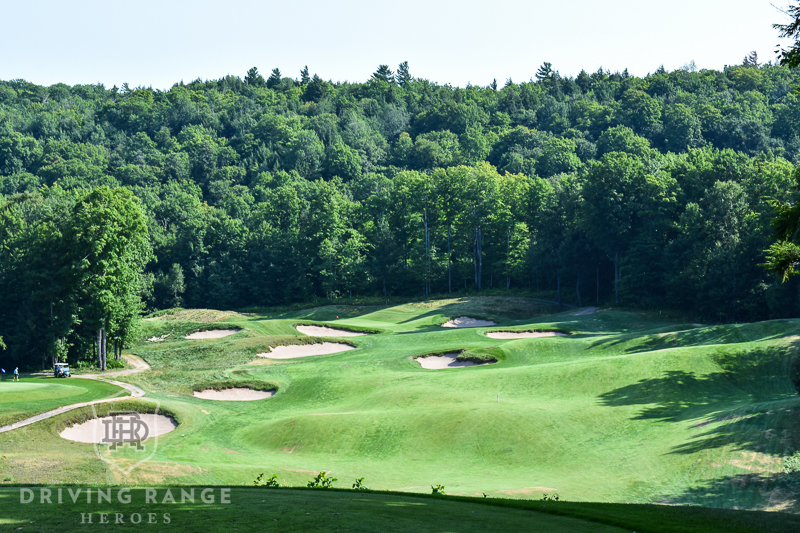
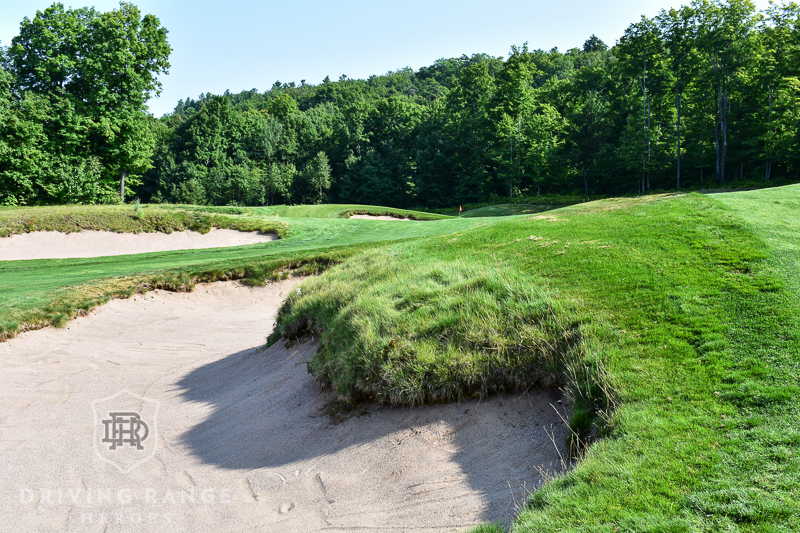 Remember the game Plinko on Price is Right? You drop the little disk down the board, it bounces where it wants to go, and you end up where you end up – hopefully on the $10,000 spot. Same deal here. The entire golf hole hole is in front of you, you’ve got eight bunkers to miss, and zero guarantee of a flat lie – or even a clear look at the green! Blast away, then. Depending on how lucky you get, you’re sending a blind iron into a green with both a helpful backstop and also a runway that sends you down the hill and into oblivion. Target golf, this is not.
Remember the game Plinko on Price is Right? You drop the little disk down the board, it bounces where it wants to go, and you end up where you end up – hopefully on the $10,000 spot. Same deal here. The entire golf hole hole is in front of you, you’ve got eight bunkers to miss, and zero guarantee of a flat lie – or even a clear look at the green! Blast away, then. Depending on how lucky you get, you’re sending a blind iron into a green with both a helpful backstop and also a runway that sends you down the hill and into oblivion. Target golf, this is not.
Hole 12, Par 4, 491 yards
This brute of a golf hole begins a stretch that feels a bit more parkland rather than rock quarry. It plays long, but also forgiving from the tee. Bombers can take even more advantage if they can catch the speed slot on the right. Regular folks can feel good knowing the sizable green can hold your long irons and hybrids.
Hole 13, Par 5, 559 yards
The first three-shot hole on the back lets you get going with the most stress free tee ball at Greywalls. Most players will be playing a hybrid or a wood to set up what I feel is one of the most difficult wedges or pitches out here. Distinct tiers and runoffs left, right, and long punish the slightest of misses. Easy tee shot, terrifying approach – see what we’re working with here?
Hole 14, Par 4, 449 yards
Fourteen may be the most straightforward of all the holes you’ll see at Greywalls. It requires a confident, straight drive that misses marsh and waste areas on the left, and trees that will interfere but not totally ruin your approach on the right. This Donald Ross style, pushed up green reminds us of the first hole, but features a more friendly slope. The best play here may be a knockdown shot that scoots along the perfectly manicured fescue grass to the center of the green.
Hole 15, Par 3, 240 yards
Give DeVries credit for giving us incredible variety on the par 3s! Here is your long one-shotter, with a forced carry to a large, slopey green surrounded by a giant rock hill. While the fifteenth places a long club in hand, it plays friendlier than it looks. The green complexes are forgiving to misses and gives the player a chance to recover. I suppose if you’ve read this far, you’ll be ok with me mentioning I’ve birdied this hole more than any other out here… #thrice.
Hole 16, Par 4, 371 yards
For such a rugged property, Greywalls features only a few blind or obstructed-view tee shots. This hole plays short, so a 3 wood should be plenty, though you’ll likely need a few rounds before you decide your preferred target and shot shape. I find a low traj left-to-right shot that can counter the slope of the fairway, yet avoids the rock wall on the right side will do the trick. Always demanding a different shot from the player, your goal is to land a mid to short iron on an elevated green bisected by a swale right down the middle. Kind of like a Biarritz green turned 90°! You’ll be happy to see there are a few bunkers behind the green which prove to be a better alternative to playing a recovery shot out of the forest.
Hole 17, Par 3, 137 yards
We talked about the great variety in the par 3s a moment ago, so let’s take a look at the shortest hole of the day. You got a good look at it an hour or so ago as you walked off the tenth, and hopefully you took note of the which section of the green the hole was cut. You’ll only have a wedge in hand here, and it must be right on the money. Birdies can be had, but so can doubles. Next time, I’ll take a better pic that shows all the movement here – it’s awesome!
Hole 18, Par 5, 533 yards
Here’s your final, and maybe most memorable tee shot of the day. Tee shots disappear into the distance into to a wildly sloping, mostly symmetrical funnel of a fairway that introduces you to something you’ve not seen yet today – a dead flat and open approach. With a good drive, even the average player can start thinking about making an eagle. Many will have iron in hand as they aim for the welcoming, mildly contoured final green. Some players I know have voiced their concern that it’s slightly out of character for the course, but I love the finish here. For all the tough bounces or bad breaks you may have taken, this last hole allows you to be greedy and go after it. In a game of “how many,” the 18th lets players end their round with a chance to end with a spectacular moment.
Final Thoughts
Greywalls tends to bring out strong opinions from people. It’s gorgeous. In its short season you’ll see it go from lush green, to fast and firm brown, to outrageously colorful when the leaves change. It’s fun. I’ve played a lot of golf courses, and not often do you get to hit the cool shots that can easily send your ball inches from the hole, but also ricochet off the planet. It’s hard. I think of it like the old NES video games where the boss at the end of the level keeps kicking your butt over and over again, until that one day you beat him. Same feeling here – some holes feel like they only punish you, and then… maybe… you solve it! It’s a great match play course, and produces a lot of highly-skilled and creative players.
Should you make it this far into this post, I hope you’ll see that Greywalls is an important piece of my golfing life. Not only has it been a great golf getaway, but spending time in my home state and the Upper Peninsula in general always leaves me refreshed and wanting to return. The courses here are as good as anywhere on the planet, and are managed and maintained by some of the most committed, passionate people in golf. In a state with literally dozens of phenomenal golf courses, Greywalls stands at the top.

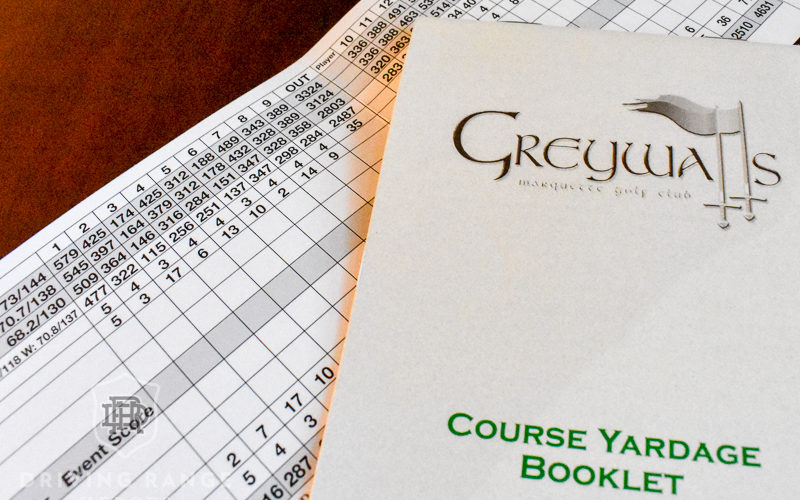
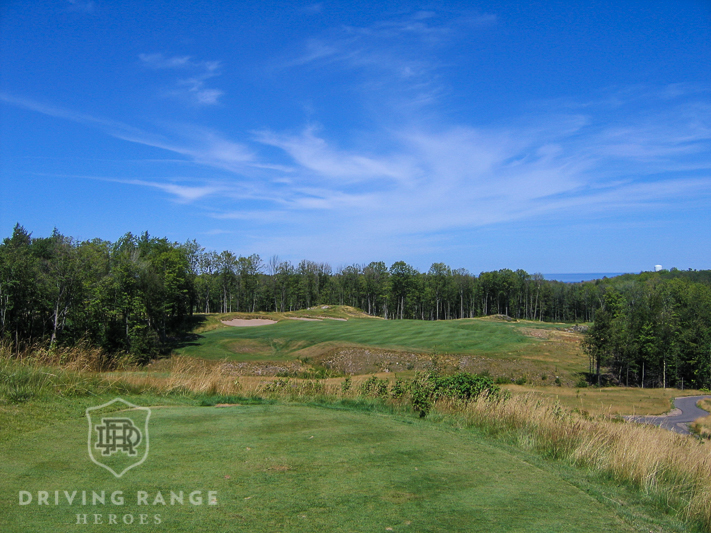
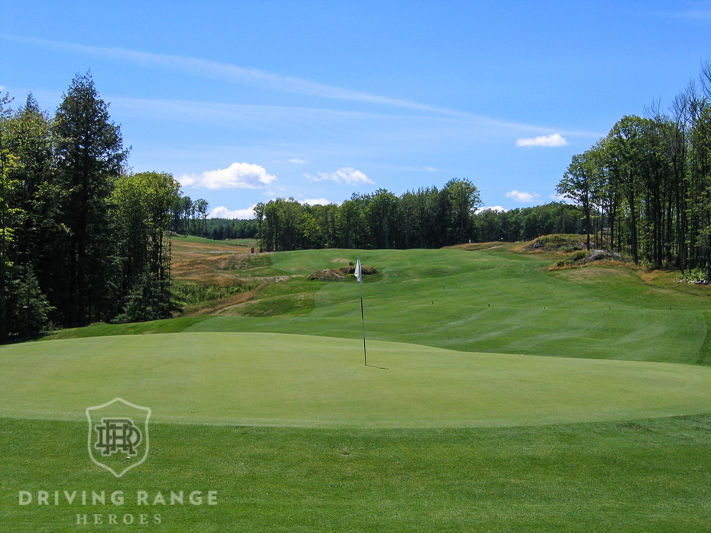
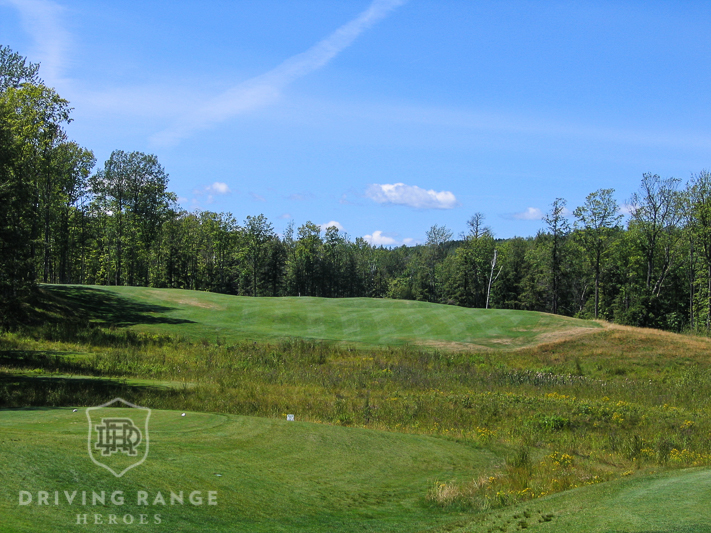
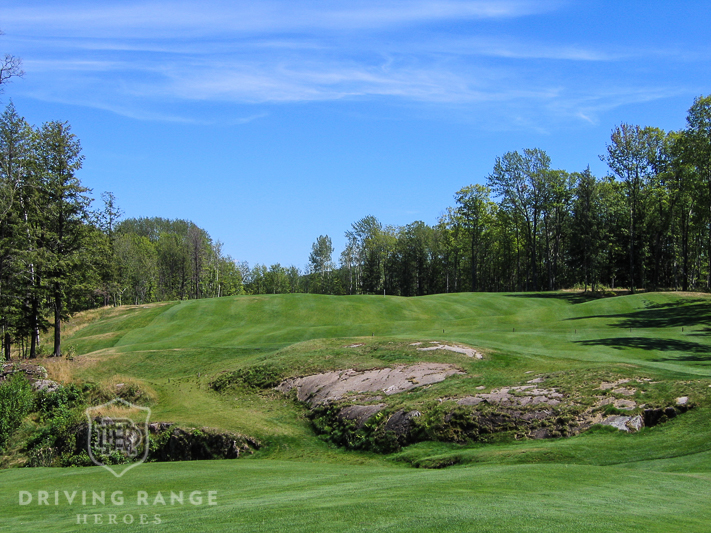
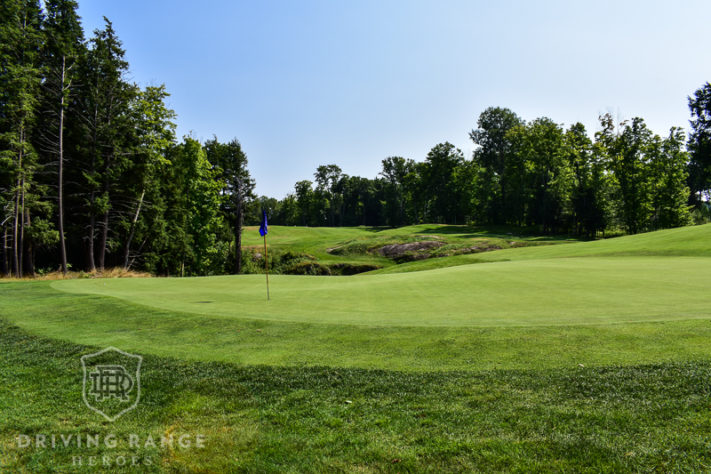
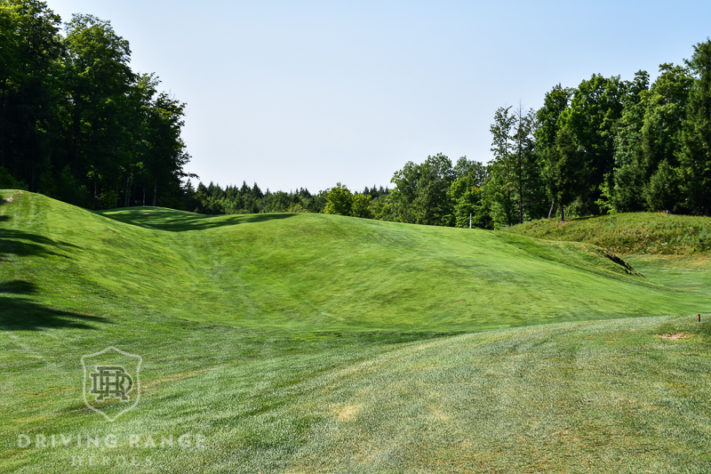
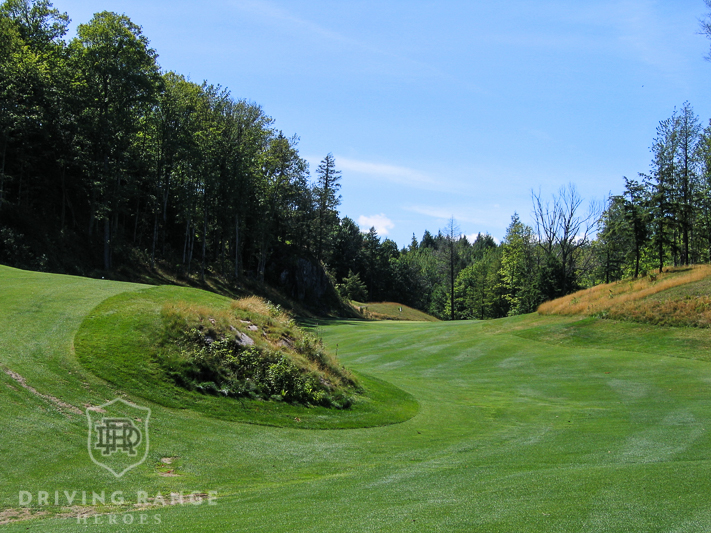
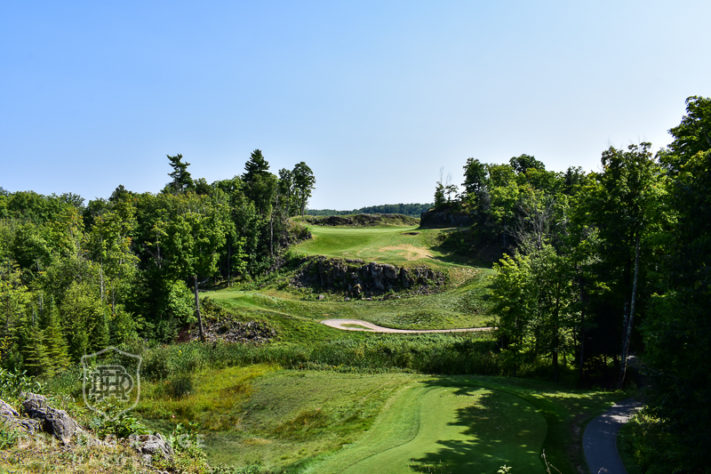
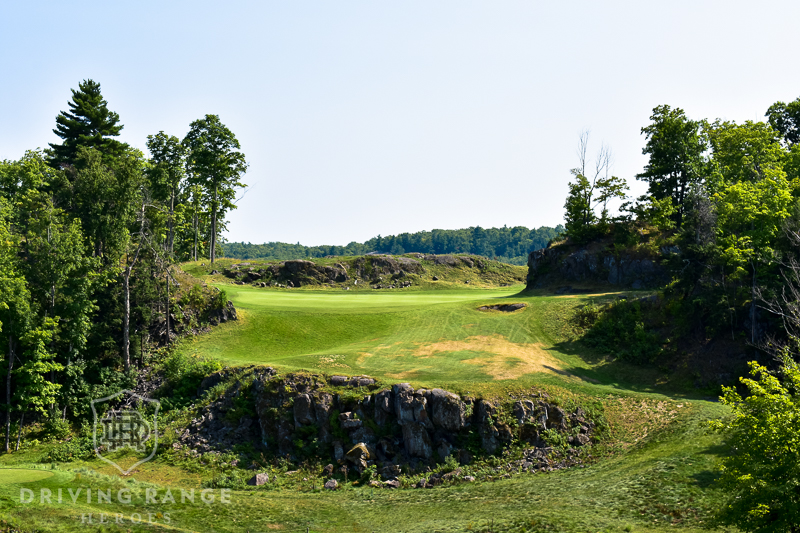
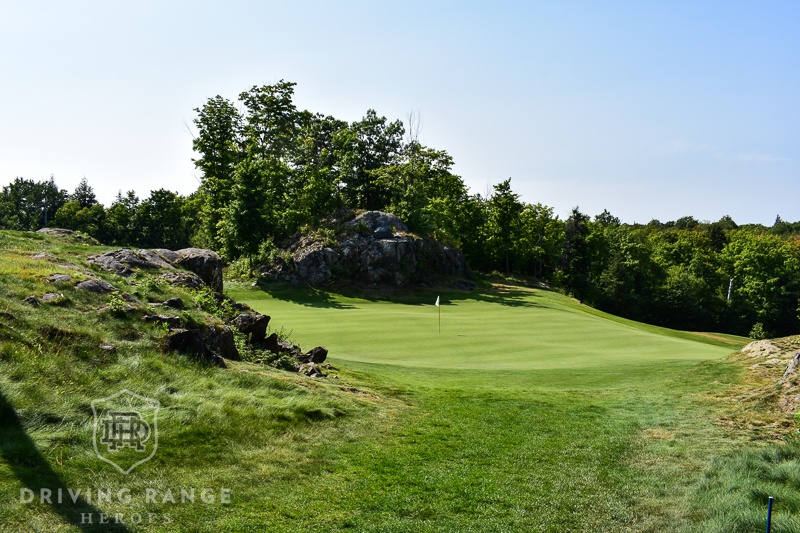
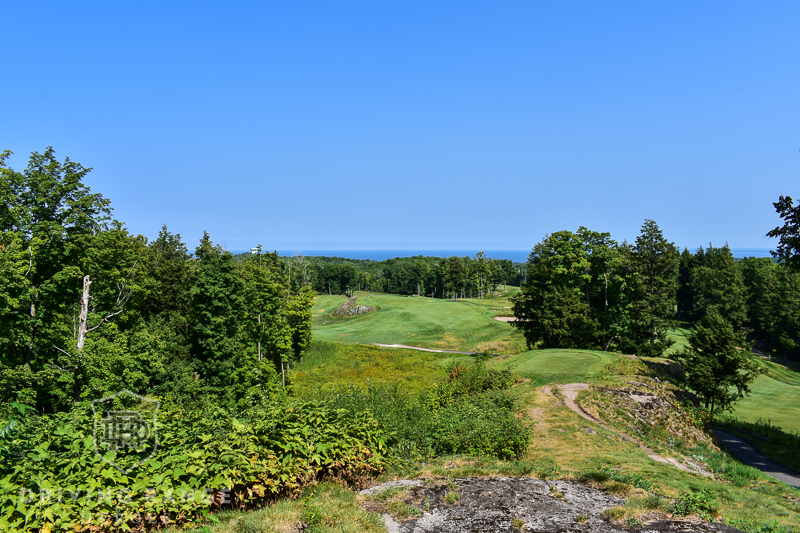
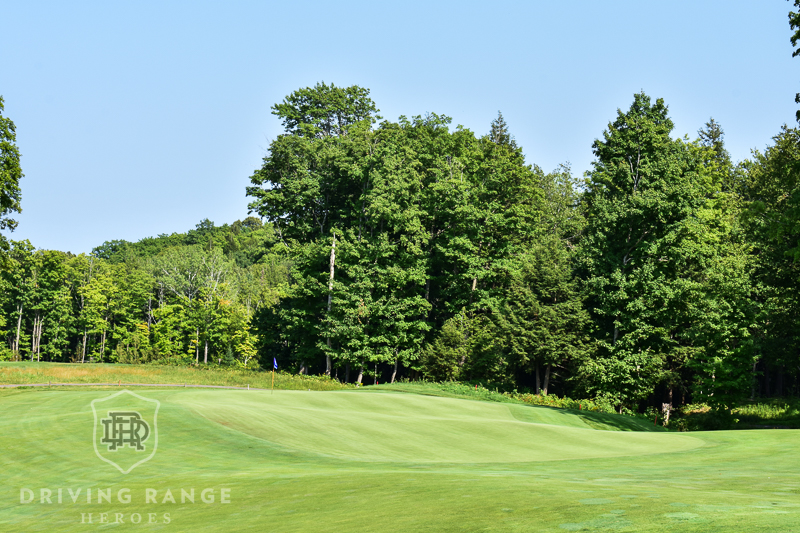
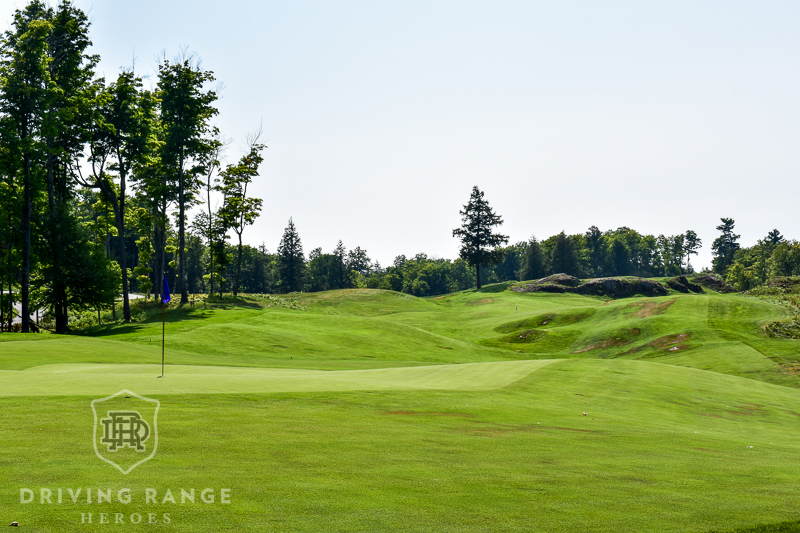
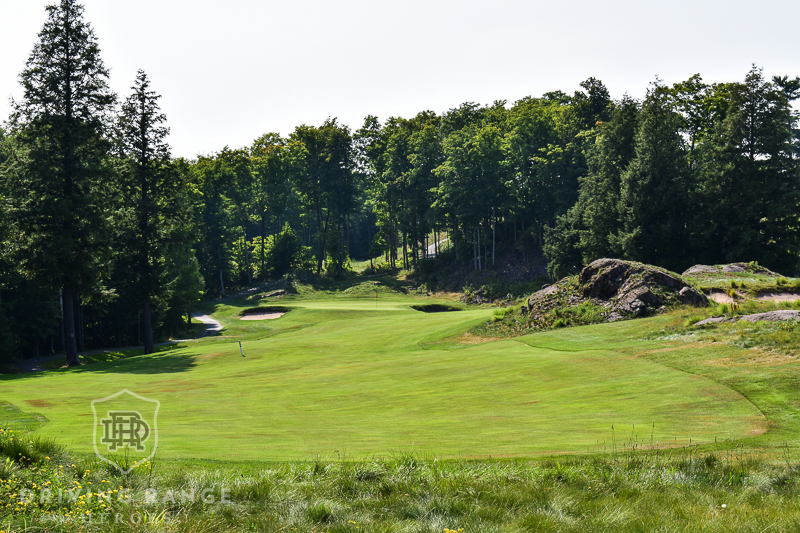
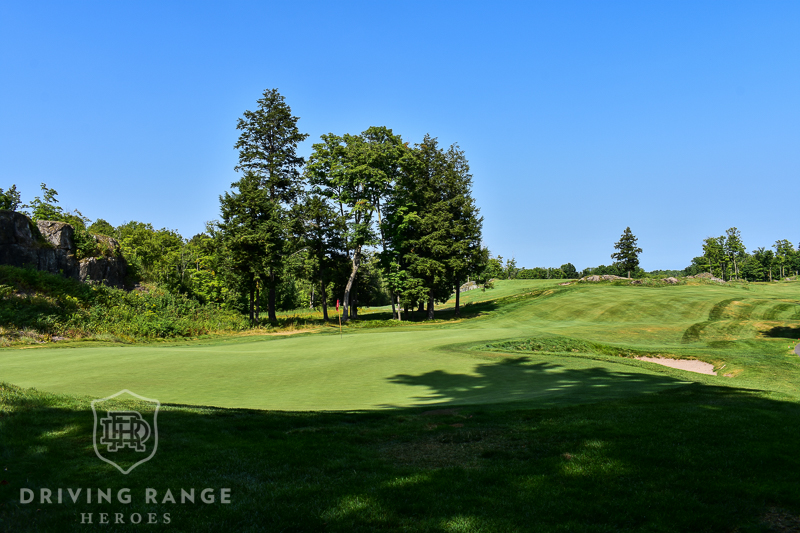
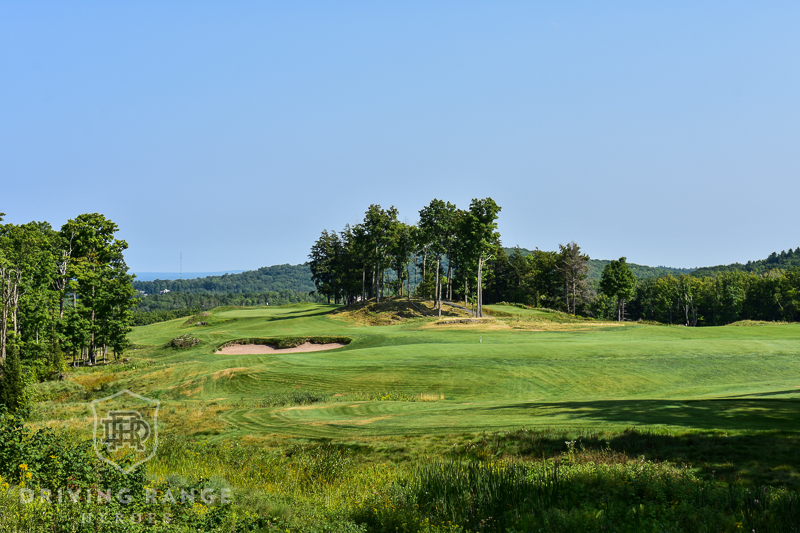
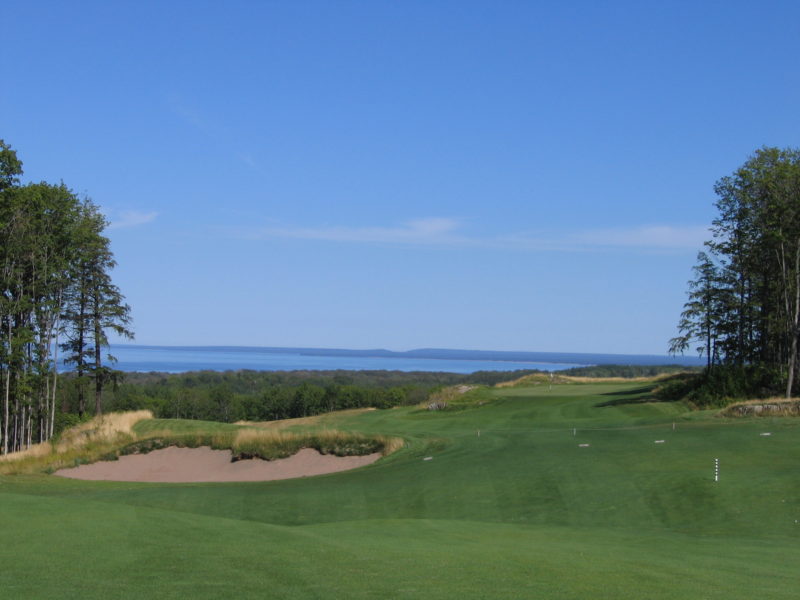
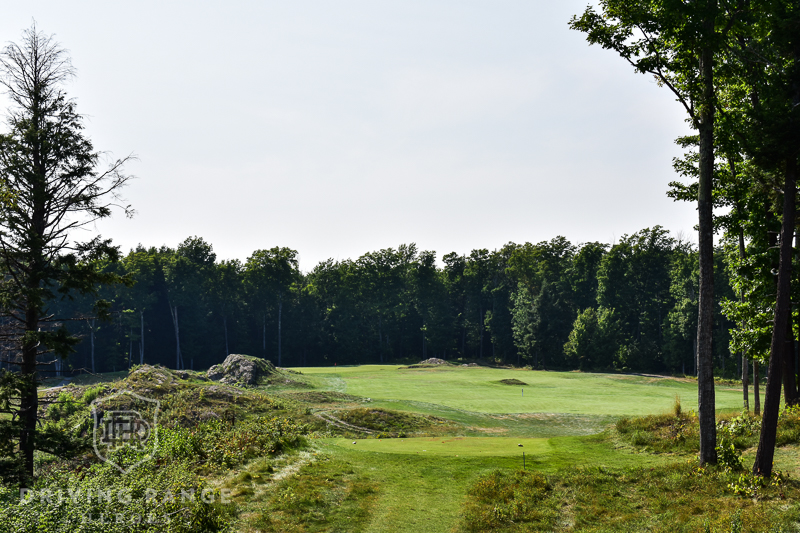
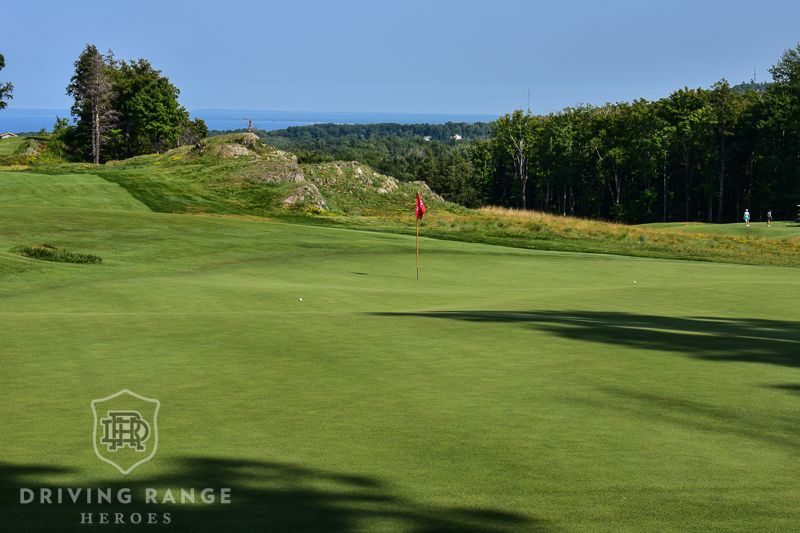

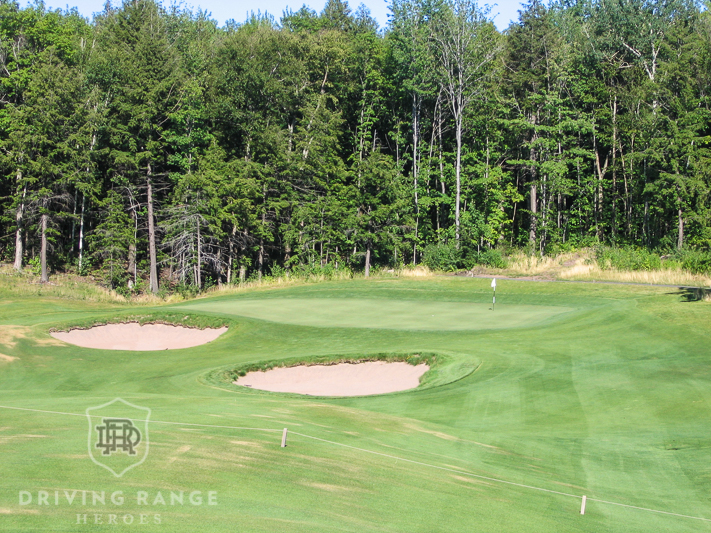
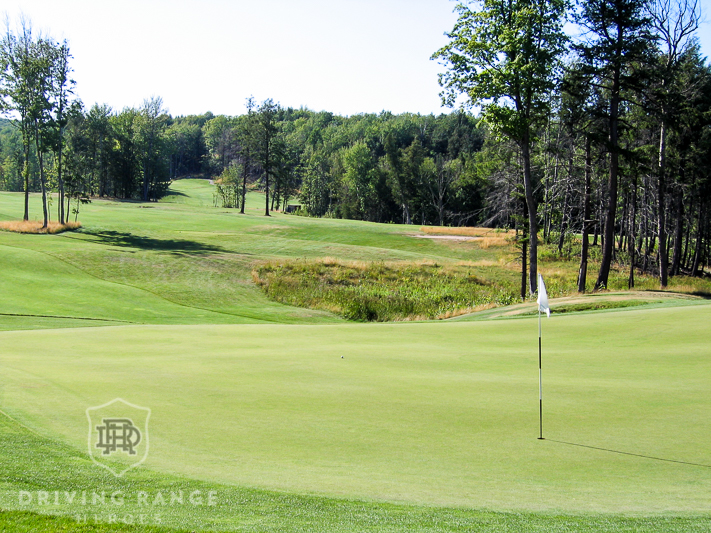
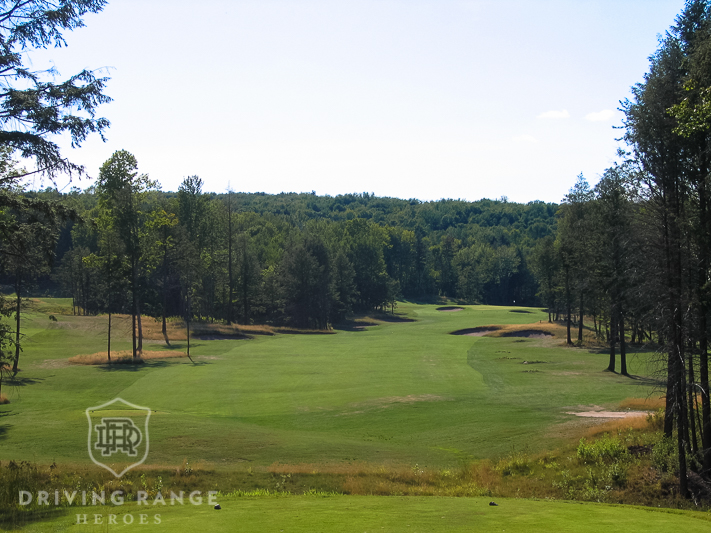
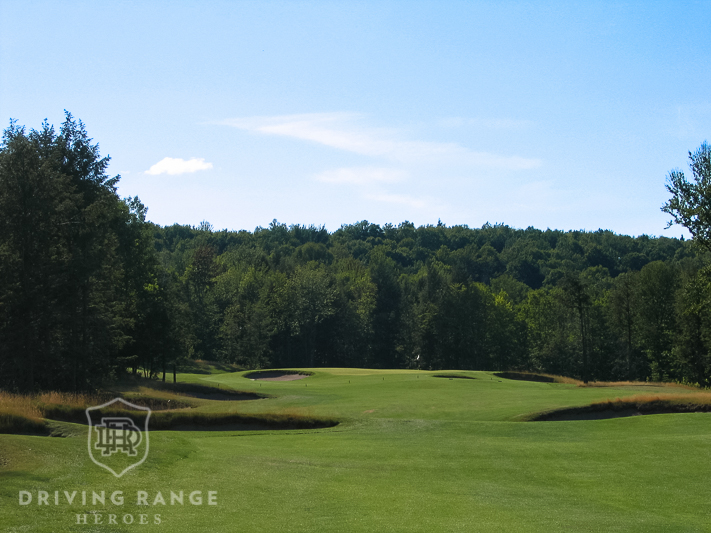
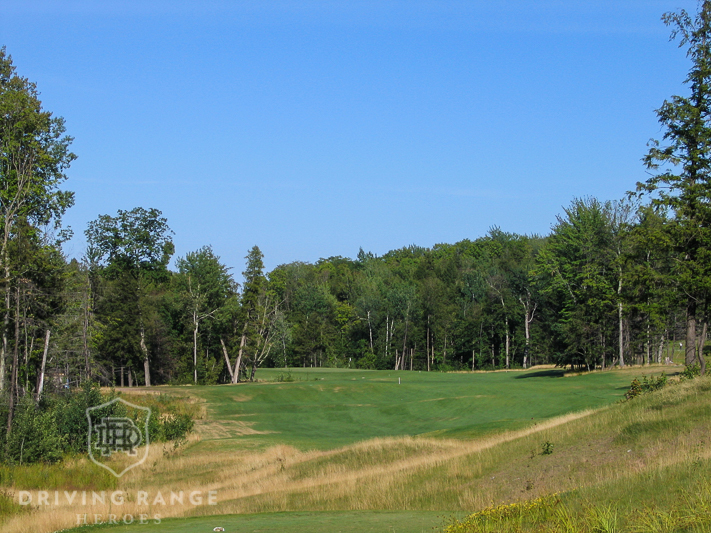
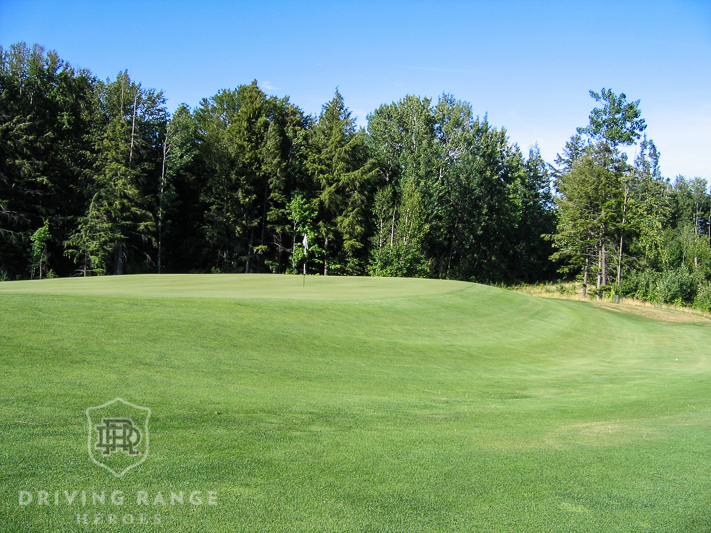
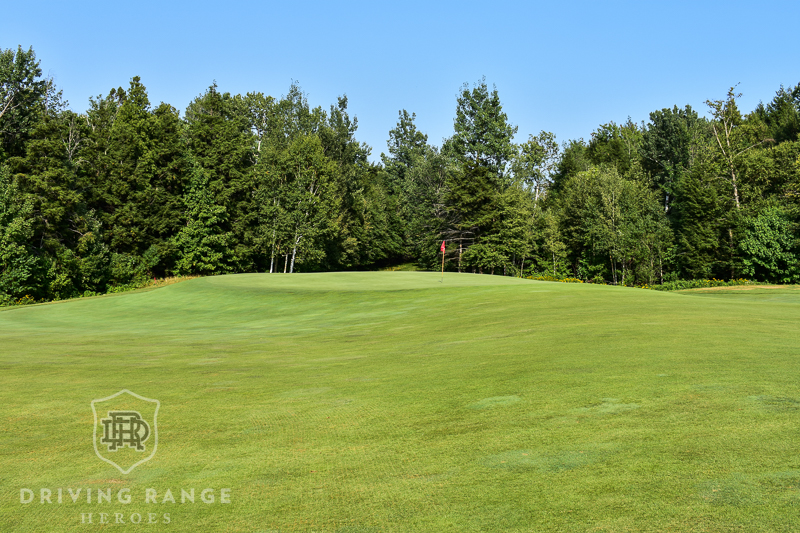


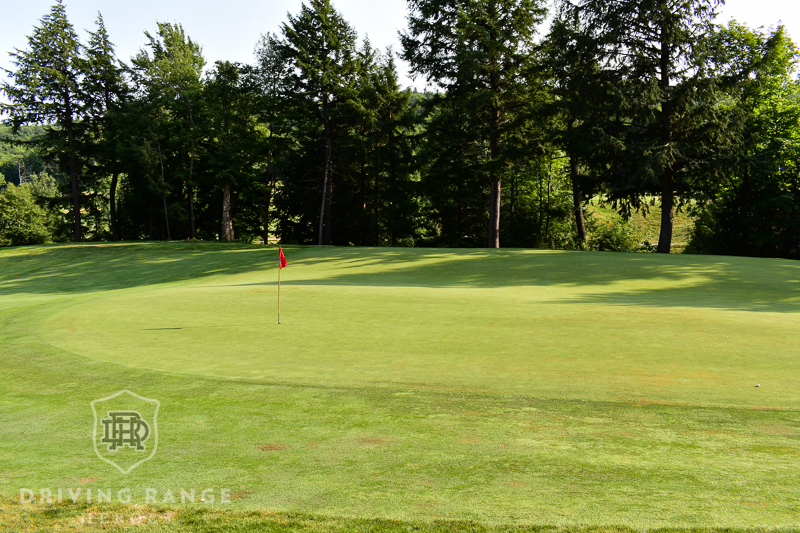
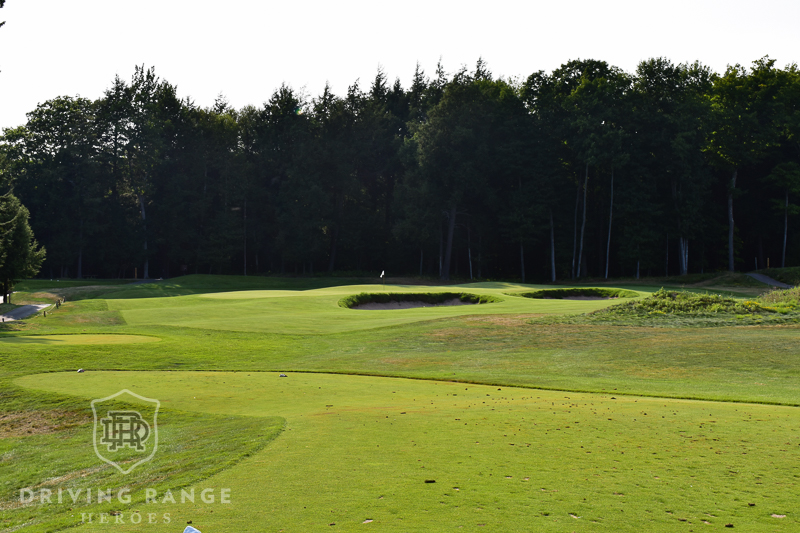
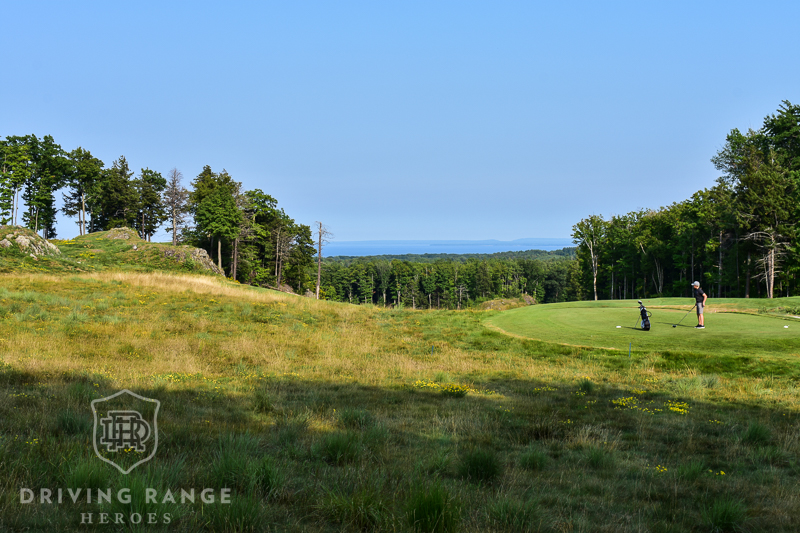

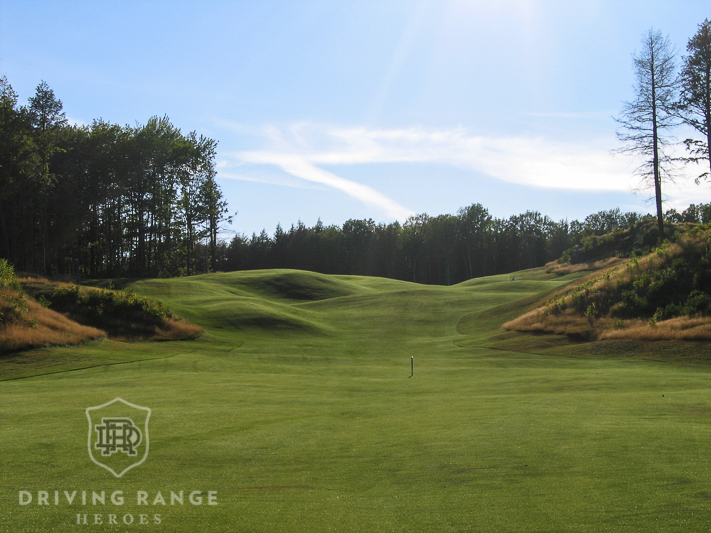
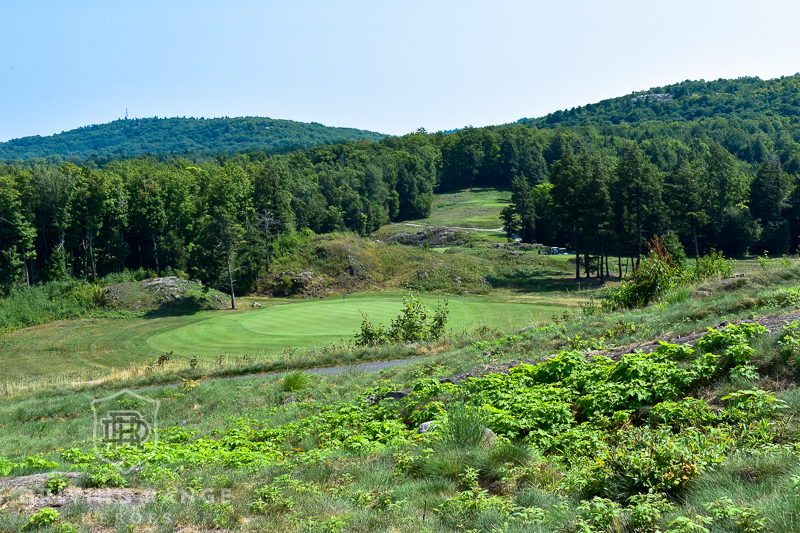
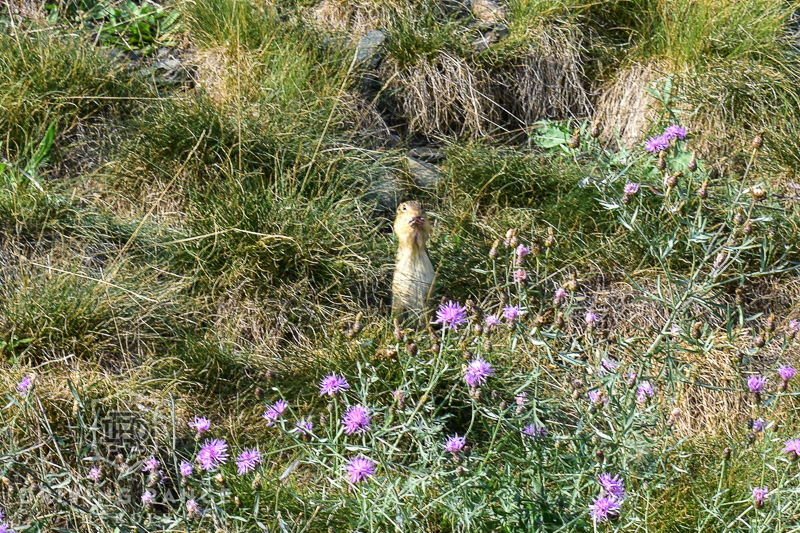
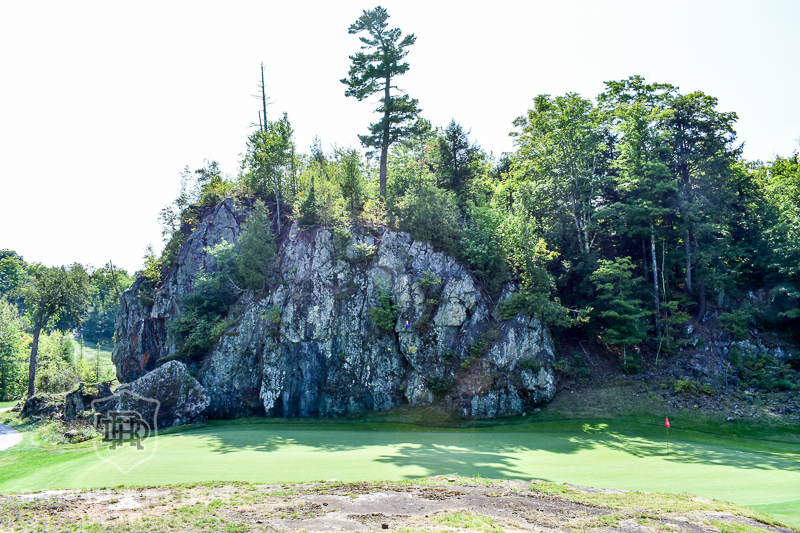


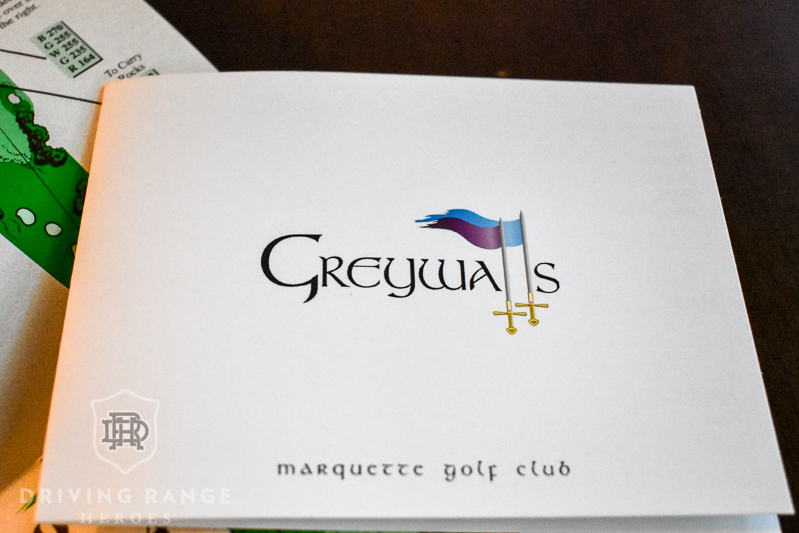
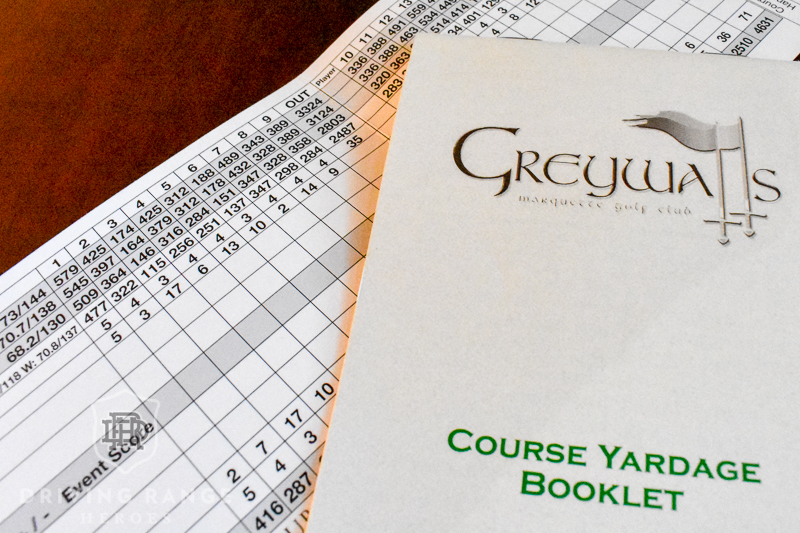
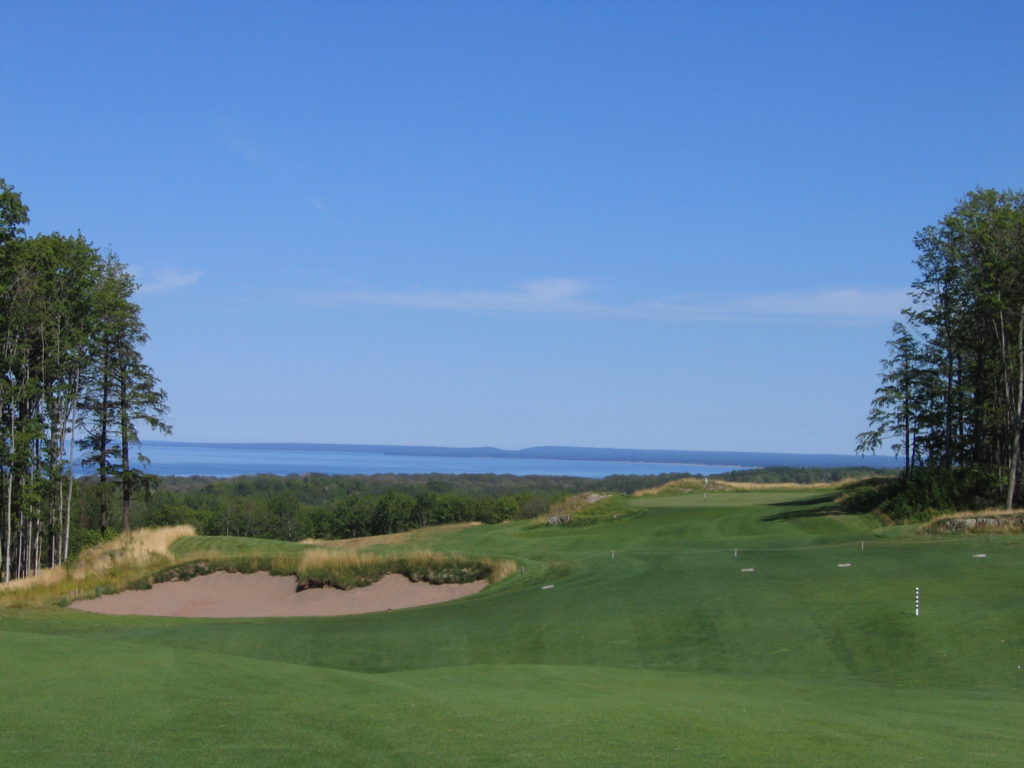















Hi Jon, great read here and thanks for profiling one of my absolute favorite golf courses. I was fortunate to witness the construction from 2002 through 2004 and provide daily tours to members and visiting guests as it transformed from rocky forest to rough shaping to the final product. What an unforgettable place.
One quick note on the 8th that a lot of people seem to miss: the play off the tee is to either hit a mid-iron out to the 150 post (where the slope is much gentler and there is much more room) or, if you’re feeling aggressive, blast a driver or three wood over the ridge for a flip-wedge approach. Anything in between (like a long iron or hybrid) is almost guaranteed to bound hard to the left and into or behind the trees. Most players think exactly of a long iron or hybrid when confronted with a tight tee short on a shortish par four, but that puts you right in no man’s land and is clearly not the play. I have frequently had this conversation with folks who take it a step further and claim the tee shot is unfair, when in fact there is plenty of room for the conservative play, and it leaves only 150 yards in.
I was only there for two more full seasons once it opened for play in 2005, but the many options and engaging shots on every hole are permanently etched into my brain. Thanks again for walking me through it.
Brian – much appreciated! You probably don’t remember, but I think we met many years ago at CD…
You’re totally right about the 8th. It’s so, so counter intuitive to club down that far, and I bet the locals make that play all the time. On the flip side, the visitor would probably risk disaster and try to get over the ridge. The more I think about it – if someone’s made it through the 7th without any blow up holes, they’re probably playing to the right spots in the first place…
Again, thanks for reading. I’ve got a lot planned for the winter that will cover some of my travels as well as a lot of local Chicago stuff, so hopefully you’ll stay tuned!
What an awesome write up – moved this course even higher on my must-play list!
Thanks! Will be your tour guide when you can make it up. Fingers crossed for June, but it’s really NOT THAT BAD of a drive no matter what. Even Octobers…